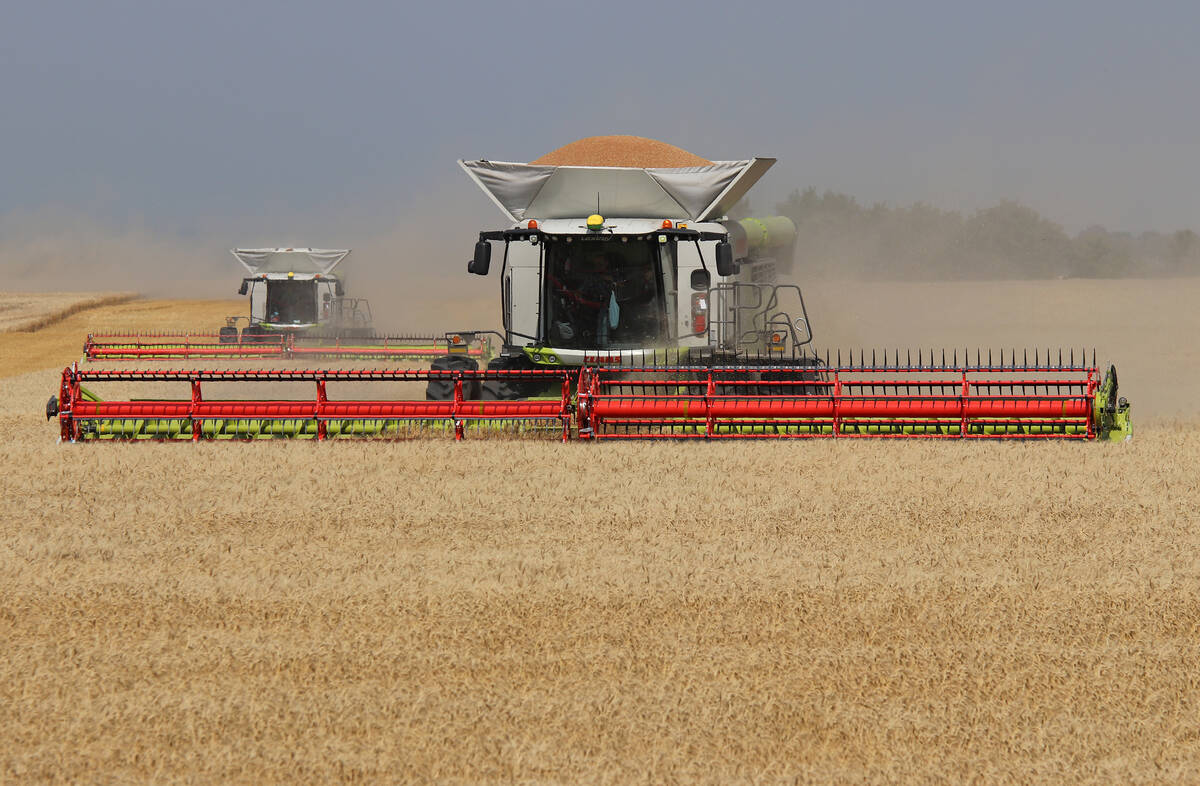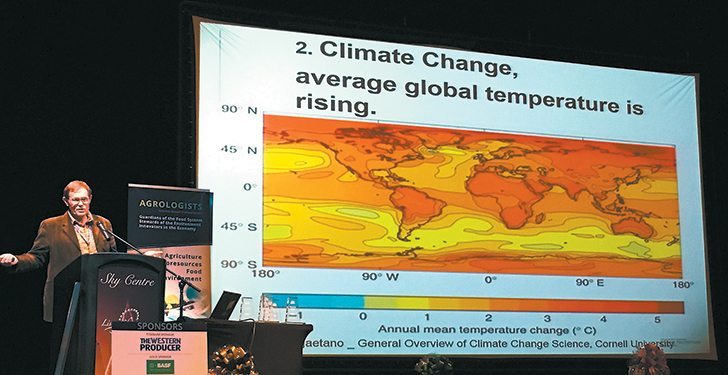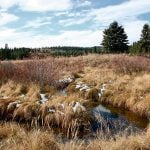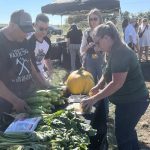SWIFT CURRENT, Sask. — Climate change might benefit prairie farmers, but it won’t be a completely positive experience.
Tom Jensen of the International Plant Nutrition Institute says the growing season might improve and heat units will likely rise, but in some cases drought and increased moisture might move hand in glove.
He said trends are showing more dramatic warming in parts of the world that are located away from the coasts and in higher latitudes. In some cases, up to 4 C increases over the previous long-term averages can be expected for the mid and northern Prairies.
Read Also

China’s grain imports have slumped big-time
China purchased just over 20 million tonnes of wheat, corn, barley and sorghum last year, that is well below the 60 million tonnes purchased in 2021-22.
“This is a very big deal for the Peace River region of Alberta and B.C.,” Jensen told last week’s Sask-atchewan Institute of Agrology annual meeting in Swift Current.
“We will see more canola grown. We will see bigger yields and greater reliability of those (higher crop yields).”
However, southern regions of the Plains and Prairies might see fewer acres of the popular crop but potentially more lentils and juncea mustard.
“And more corn and soybeans in southern areas,” he said.
Jensen said producers will likely add more fall cereals to their rotations to take advantage of spring moisture.
More overall moisture is predicted for the region, but most of that will likely arrive in winter.
“The problem is that it is then prone to running off,” he said.
Warmer summer temperatures and larger rainfalls replacing more occasional, smaller ones could reduce yields because of drought.
However, warmer temperatures in the northern regions would reduce losses due to late and early frost.
“And we will likely see an expansion of farmed land,” he said.
“We are seeing land logged and converted (in the Peace River district).”
The loss of boreal forest to insects and other environmental change will add to farmed land increases, he added.
Irrigation acres in Saskatchewan might also expand as both drought potential and more growing capacity and frost-free days improve.
“Fort Vermillion (in northern Alberta) is currently looking at a potential irrigation project using the Peace River,” he said.
“That wouldn’t have happened 20 years ago.”















